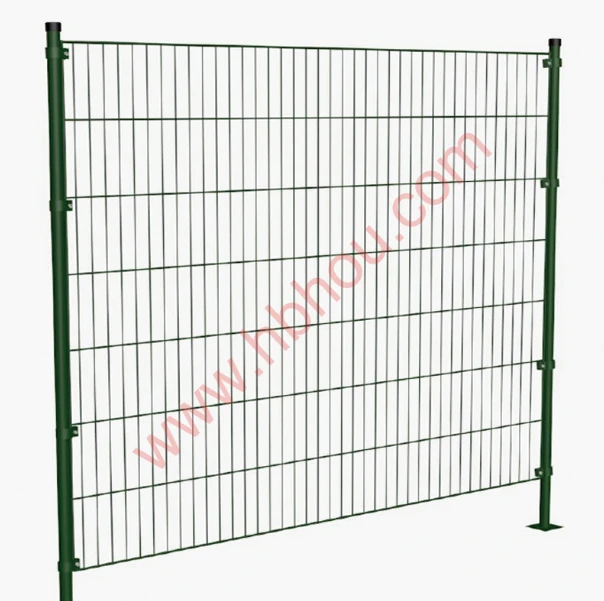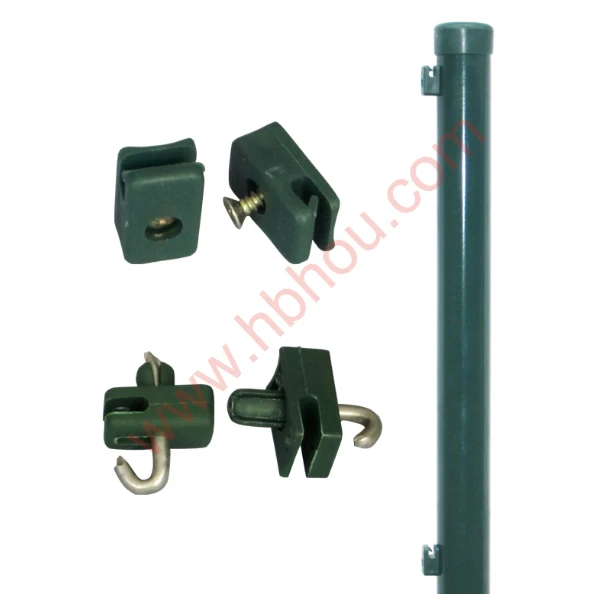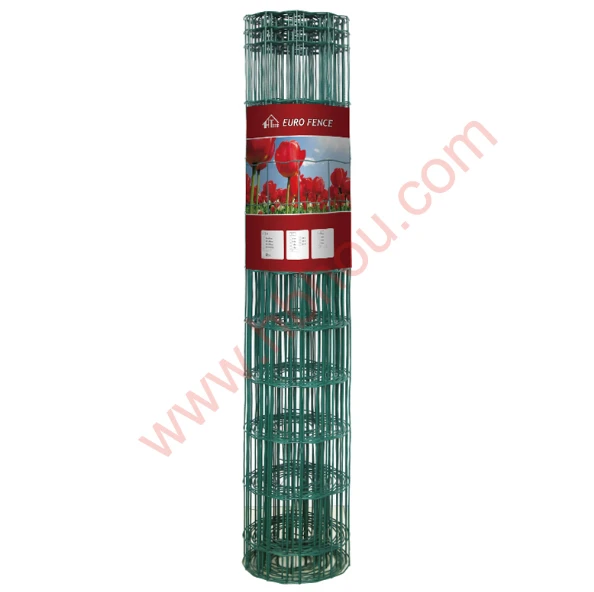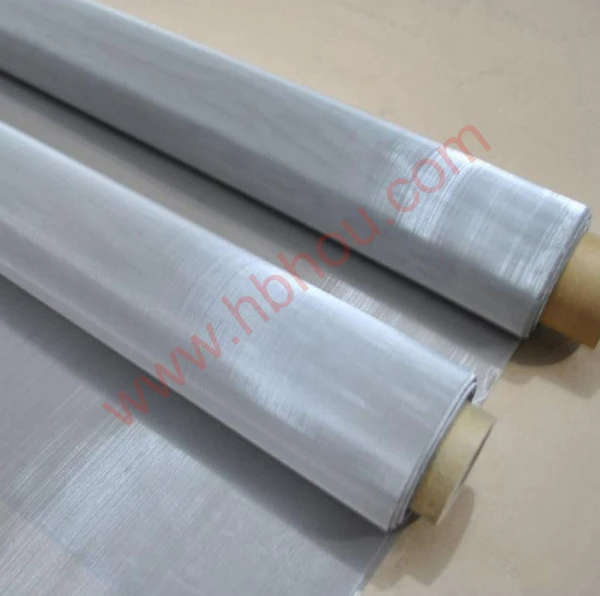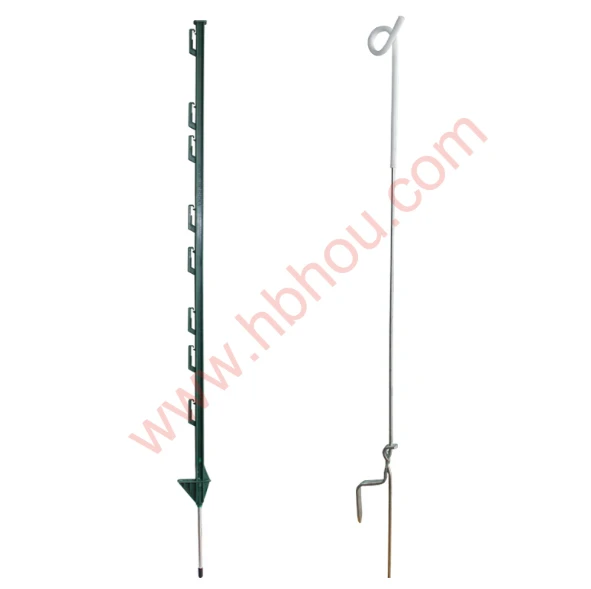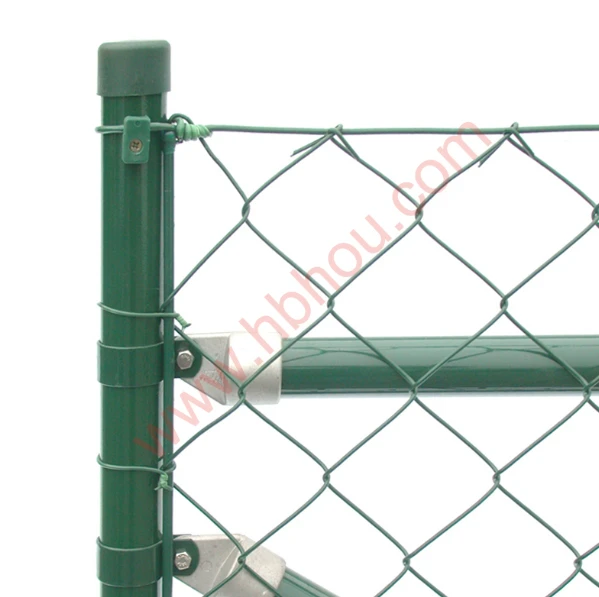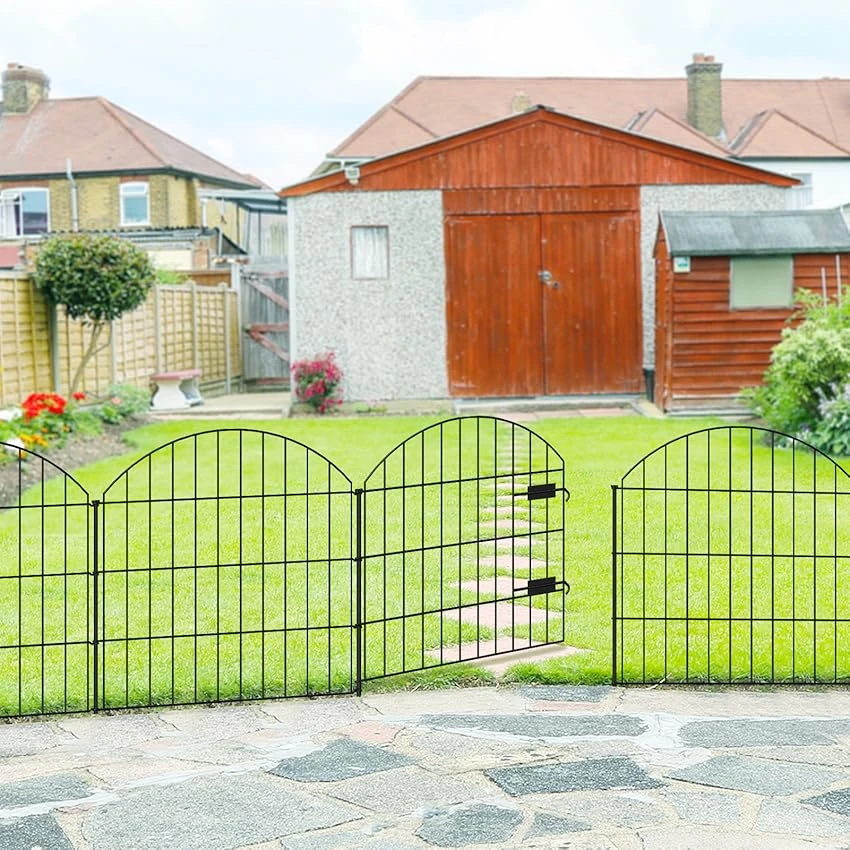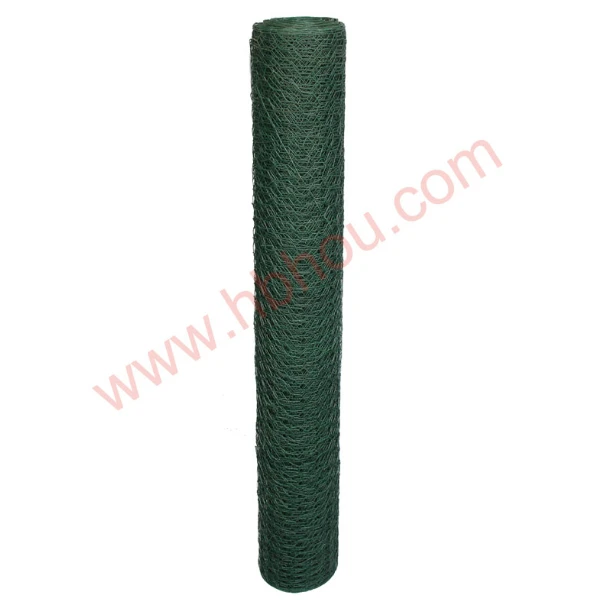Dog-Proof Fences Ensuring Safety and Security for Your Furry Friend
As dog owners, one of our primary responsibilities is to ensure the safety and well-being of our pets. Dogs are naturally curious creatures, often wanting to explore their surroundings. However, this can sometimes lead to dangerous situations, such as wandering into traffic or encountering other animals. One effective solution to keep your dog safe is the installation of a dog-proof fence.
A dog-proof fence is designed specifically to contain pets within a designated area while preventing them from escaping. Unlike traditional fences, these structures are engineered with the needs of dog owners in mind, taking into account the behavior and tendencies of dogs. The right fence can provide peace of mind for you and a safe environment for your furry friend.
Types of Dog-Proof Fences
When considering a dog-proof fence, you have several options to choose from. Each type has its advantages, and the best choice will depend on your specific needs and your dog's behavior.
1. Wood Fences Wooden fences are a popular choice due to their durability and aesthetic appeal. They can be tailored to various heights to prevent jumping. However, it's essential to ensure there are no gaps between the boards that your dog could slip through.
2. Chain Link Fences These fences are sturdy and affordable. While they provide a clear boundary, you may need to add a privacy slat if your dog is prone to climbing or digging.
3. Vinyl Fences Similar to wood fences, vinyl options offer a great look with less maintenance required. They are difficult for dogs to chew through, making them a good option for persistent chewers.
dog proof fence

4. Invisible Fences This high-tech solution uses a buried wire around the property. When your dog approaches the boundary, it receives a mild electric shock through a collar. While effective, training is essential to ensure your dog understands the limits.
5. Electric Fences These can be a good option for those with space constraints. However, they require thorough training to be effective and may not be appropriate for every dog.
Considerations for Installation
When installing a dog-proof fence, it’s crucial to consider the height and depth. Many dogs can jump or dig under fences, so a tall fence (at least six feet) and an underground barrier can help mitigate escape attempts. Check local regulations regarding fence height and materials to avoid any legal issues.
Additionally, think about your dog's behavior. Some breeds are more determined escape artists than others. Understanding your dog's tendencies will guide your decision in selecting the right type of fence.
Conclusion
Investing in a dog-proof fence not only enhances your pet's safety but also allows them to enjoy outdoor space freely. Whether you opt for a traditional wooden fence or a high-tech invisible option, the peace of mind it provides is invaluable. Creating a secure environment for your dog is an essential step in responsible pet ownership, ensuring that your beloved companion can safely explore while staying protected.









